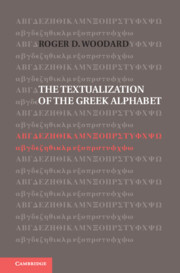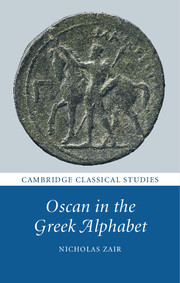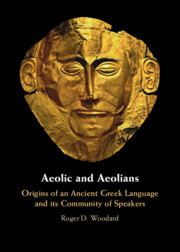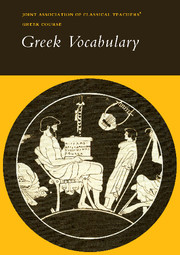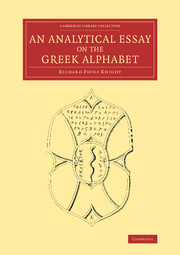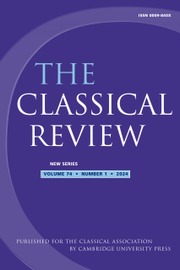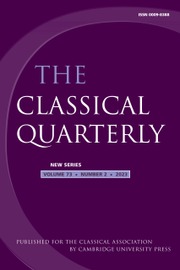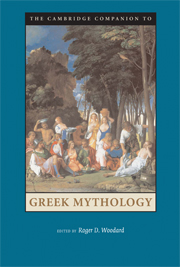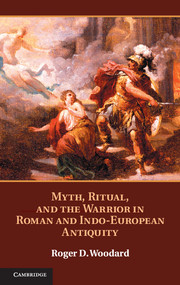The Textualization of the Greek Alphabet
In this book, Roger D. Woodard argues that when the Greeks first began to use the alphabet, they viewed themselves as participants in a performance phenomenon conceptually modeled on the performances of the oral poets. Since a time older than Greek antiquity, the oral poets of Indo-European tradition had been called 'weavers of words' - their extemporaneous performance of poetry was 'word weaving'. With the arrival of the new technology of the alphabet and the onset of Greek literacy, the very act of producing written symbols was interpreted as a comparable performance activity, albeit one in which almost everyone could participate, not only the select few. It was this new conceptualization of and participation in performance activity by the masses that eventually, or perhaps quickly, resulted in the demise of oral composition in performance in Greece. In conjunction with this investigation, Woodard analyzes a set of copper plaques inscribed with repeated alphabetic series and a line of what he interprets to be text, which attests to this archaic Greek conceptualization of the performance of symbol crafting.
- A new interpretation of the relationship between the early Greek alphabet and oral poetic composition in performance
- Analysis of an important set of inscribed copper plaques that has never before been examined in detail in print
- Explanation of the source of divergences between Greek alphabetic symbols and comparable symbols of the Phoenician script from which the alphabet was developed
Reviews & endorsements
'I strongly recommend this book … one of the most interesting and illuminating works about the copper plaques in particular, and about the emergence and adaptation of the Greek alphabet in general.' Alfredo Rizza, Bryn Mawr Classical Review
Product details
May 2014Hardback
9781107028111
384 pages
235 × 160 × 25 mm
0.68kg
22 b/w illus. 3 tables
Available
Table of Contents
- 1. Background
- 2. The associative structure of the copper plaques
- 3. Physical and chemical examination of the copper plaques David A. Scott
- 4. The syntagmatic structure of the copper plaques
- 5. Langue et écriture
- 6. Of styluses and withes
- 7. The warp and weft of writing.

